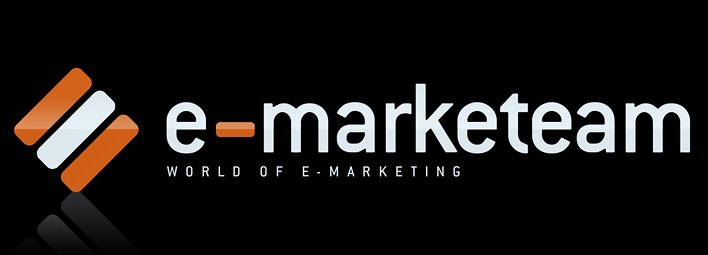
Thursday, 12 March 2009
Interactive TV: Instant personal security or maybe not.

In its essence interactive television presents television with the so-called “return path” model. Literally this feature means that the consumer, unlike the ordinary obsolete analog systems, can interact, influence and subsequently feedback some behavioral information back to the broadcaster. Thanks to the digital technology people would be able to amend or even intervene according to their individual preferences in the content of the programs. iTV can be used as a original information and communication platform which enables the consumers to utilize other applications including home-shopping, personalized banking, video-on-demand, internet access, interaction between user etc.( Tsaih, Chang and Huang, 2005) .In recent years there has been industry wide recognition for the need to enhance interactive services through the introduction of a return path. It will allow content providers to offer viewers a new range of applications including as voting, games, chat-like services(allowing viewers to send in comments and opinion), and interactive transactions for purchasing goods and services.“ In fact, most commonly people mention iTV with regards to three characteristic features: 1.Instant access/convenience 2.Personalization 3.Security
Basically the concept of instant access which uses the phone line as a return path helps the consumers to communicate with their service provider. The return path can exist in several forms by telephone, mobile SMS, radio, digital subscriber lines (ADSL) or cable. Among them the phone lines continue to be the most widely-spread mean of communication. They truly are not so efficient method as they require additional efforts and human resources to process or send any information. Furthermore, the phone lines often cause customer dissatisfaction, inconvenience or simply order mistakes. Perhaps soon the technologies will allow faster and more effective ways for interactive correspondence. Until than the consumers will continue to face the inevitable difficulties
The idea for the personalization is not as popular concerning the customer’s point of view, however, it signifies enormous achievement for the marketers. With every click of our remote control we create an instant stream of information which afterwards is analyzed to depict a complicated picture of our individual behavioral and motivational patterns. In reality, this spy approach, based on the consumer knowledge, is used by the marketers to target the audience profiles with various marketing techniques. Logically emerges the question “Among all the available ways of communication which is the most efficient to target individuals”.
The security of the service’s payments is another important part concerning interactive TV. Any personal and financial information disclosed or used without the explicit consent of the party is considered illegal act and thereby can be prosecuted by the low. In that sense the whole idea of revealing your personal details to someone else without any protective measures seems quite scary perspective. Such suggestion would certainly generate multiple cases of financial frauds.
In fact, there already exists technology which removes the function of the middleman when the consumers want to pay for their monthly subscription. In 2001 the iTV was launched in
DTG press release (2006) Always on return path under development for
Subscribe to:
Post Comments (Atom)

How do you think viruses and hackers can cause threat to mobile phones being more effective on the internet? any solutions?
ReplyDeletenice structure and hyperlink !
ReplyDeletenice structure and hyperlink !
ReplyDeleteThe problem for many people is the fact that their phone can hold some very personal information, as well as more and more people accessing their bank accounts via their mobile phone. It is this kind of information which the hackers are after. As we know, the major way of spreading a virus is to use data transmission. New generation of mobile phone offers several online data transmission services (SMS, MMS, Email...), via these ways it is getting easier for hackers anb fraudsters to pirate a mobile phone. In my mind the easier solutions to aviod these problem are:
ReplyDelete- Incorporation of a variety of options for automatic locking of mobile devices as well as a variety of passwords, secret questions, encoding and hiding the information saved.
- Introduction of the possibility to delete all date after several wrong password inputs or lack of synchronization with a computer after a certain period of time.
- for the phone user to only open messages and download content from trusted sources.